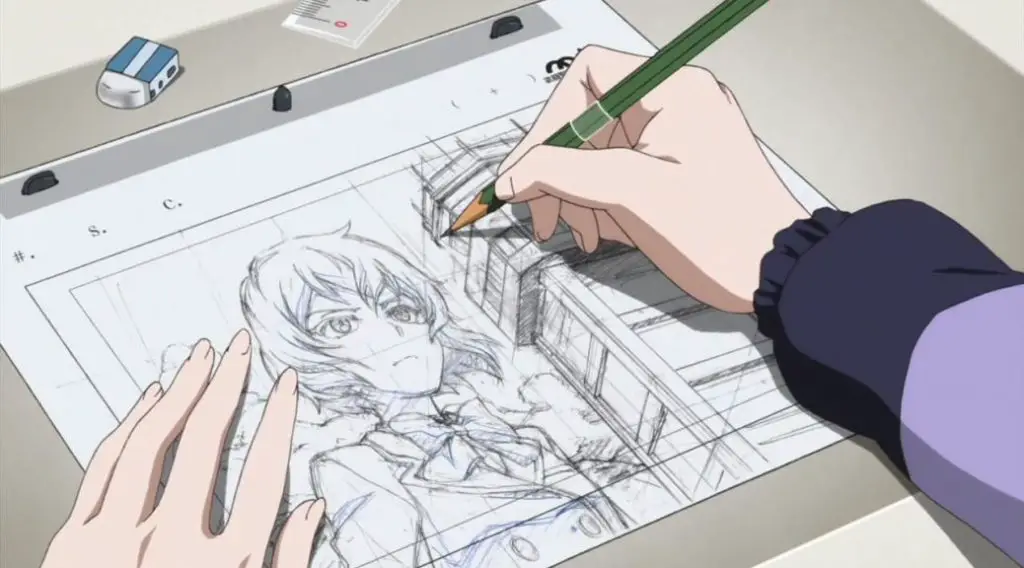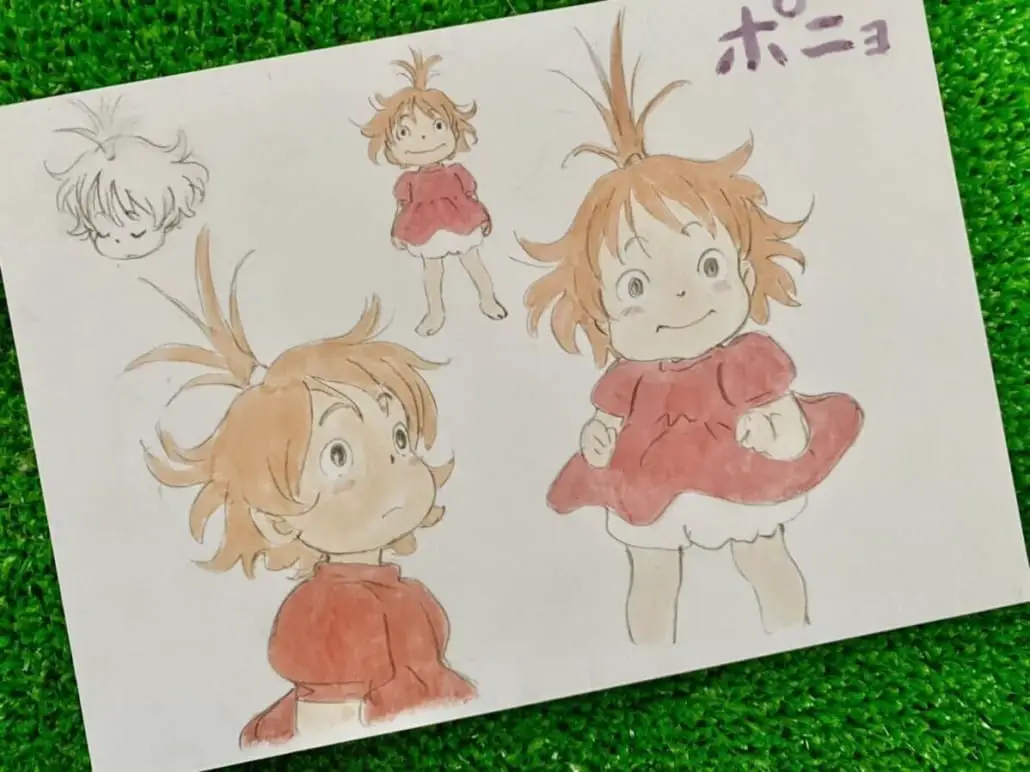How an anime is made: the crafting process explained
The marvel of animation in Japan, more commonly known as anime, is a craft meticulously weaved through a blend of artistry, creativity, and technology. Venturing into the spotlight, we seek to lay bare the intricate process of creating a thrilling anime episode. From the initial spark of a concept and planning stage, right down to the minutest detail in post-production, each phase is an integral part of contributing towards the overall allure that captivates fans worldwide. This exploration takes us on a journey that begins in the planning stage with character sketches, storyboarding, and script writing and extends beyond the animation and art styles employed, shedding light onto the mechanics behind the magic.

How to make an anime: concept and planning stage
Anime Episode Creation: From Concept to Captivation
For aspiring anime creators or enthusiasts, the journey of an anime episode from concept to screen is both exciting and enlightening. The first step is the conceptualization and planning stage, laying the groundwork for an engaging piece on our screens.
When discussing the concept and planning for an anime episode, it’s about developing the blueprint for the overall narrative. Each episode is a story in itself, seamlessly fitting within the larger plotline. This congruity is a result of rigorous planning and a clear vision that writers, storyboard artists, and directors collaboratively build upon.
After the script’s initial draft, the next stage involves storyboard creation, acting as a visual guide depicting the action scene by scene. It ensures the narrative’s visual executability, displaying the sequential flow of the episode with important details like character expressions and motion.
Accompanying these drawings are brief descriptions and instructions for illustrators and animators, outlining the episode’s direction, timing, dialogue, and sound effects. A storyboard is the anime’s lifeblood, ensuring each scene gets its necessary emphasis.
Character designs and settings receive attention in parallel. Designs must be consistent yet flexible, allowing characters to express emotions and engage in dynamic movements. Settings are crafted considering the episode’s mood and necessity, be it a cityscape, village, digital landscape, or fantastical realm.
In the planning stage, sound directors coordinate voice acting scripts, sound effects, and music to complement the episode, aiming to immerse the viewer and make the anime world feel authentic.
Planning and concept aren’t just initial steps; they form a robust foundation for the entire anime episode. It’s an amalgam of story arcs, character developments, visual dictates, and audio cues meticulously wrapped up in 20 to 25 minutes. These compact yet comprehensive packets of creativity make anime a mesmerizing form of storytelling, transforming a concept into a visual spectacle that captures hearts.

Pre-production and Character Design of an anime
Preliminary sketches in pre-production go beyond artistry, covering scene layout, camera movement, lighting, and perspective, setting the stage for animation.
Consider character designing, a favorite for anime enthusiasts. The meticulous approach starts with a basic sketch, capturing the raw essence. Nuances like facial expressions, hairstyles, outfits, and walking styles are then translated, bringing characters to life on screen.
Character design isn’t just about looks; it’s about emotional depth aligned with the story’s journey. The crucial collaboration between the writer, director, and character designer ensures synergy.
This collaboration extends beyond main protagonists to supporting characters and antagonists, forming a unique bond with viewers.
In the anime universe, careful thought goes into crafting each setting, acting as unspoken narration. Designing an anime landscape requires great care, with every visual element conveying the episode’s mood and setting.
In pre-production, creative minds unite. The director’s vision, scriptwriter’s story, and character designer’s sketches find symphony, streamlining the workflow for a smooth transition into production and animation.
Every quality anime series attests to the coherence between story, characters, visuals, and sound. Integration starts in pre-production and character design, turning collective ideas into a visual language for global viewers.
In anime, success lies in clever manipulation of these pre-stages, creating captivating narratives that leave viewers eagerly anticipating the next episode.

Animation and Art Style in anime making
Anime Animation Techniques and Art Style: Crafting Visual Narratives
Delving deeper into the anime production process, the significance of animation techniques e art style becomes paramount. These elements act as the lifeblood, carving visual details, expressing emotions, and contributing to the overall mood of the series.
Animation techniques serve as the magic wand of the anime world. Cel animation imparts a traditional touch, breathing life into frames by hand, offering a unique texture. On the other hand, Computer Generated Imagery (CGI) provides a crisp and hyper-realistic depiction, enabling complex designs unthinkable in traditional anime.
The application of animation techniques extends beyond characters and landscapes to cloak the narrative. Varied use of shots and angles amplifies the story visually, seamlessly taking viewers from one scene to another, escalating emotional intensity. The cherished anime culture technique, Sakuga, showcases intricate execution of dynamic scenes, resulting in unforgettable visual moments.
Art style is not merely aesthetics; it adds depth to the anime episode, setting the tone and genre. Slice-of-life anime may utilize bright palettes and simplistic design, while horror or thriller genres employ darker schemes and detailed, realistic designs to create gloom and tension.
Anime art styles hold the power to shape viewer perceptions, from the elaborate styles of shoujo anime capturing femininity to the rougher, dynamic shounen styles. They act as silent storytellers, imparting subtler aspects of the narrative or character.
Backgrounds, often overlooked, are crucial. Anime landscapes serve a purpose, providing a sense of location, mood, and foreshadowing events. Painted with a keen eye for detail, backgrounds add depth and realism, acting as silent protagonists with a story to tell.
In summary, animation techniques and art style in anime creation go beyond aesthetics. They help tell the story, weave emotions, set moods, and create immersive worlds. The union of these elements brings a captivating anime episode to life.

How an anime is made: Post-production and Voice Acting
Anime Post-Production: Where Magic Unfolds
After exploring pre-production and production processes, we enter the vital realm of post-production, a phase as crucial and intensive as the preceding stages, where the true magic begins.
Editing stands as the backbone of anime post-production, weaving animation, dialogue, sound effects, and background music into a harmonious whole. Pacing and narrative fluidity heavily rely on editing, making it a pivotal factor in the viewer’s experience.
Voice acting is another cornerstone, extending beyond dialogue delivery. Voice actors breathe life into characters, channeling envisioned emotions and intents. A fitting voice enhances a character’s persona, while a misfit can shatter immersion.
Sound effects and music are crucial. The harmonic clash of a sword, rustling leaves, or a melancholic tune adds depth, submerging viewers into the anime universe. Crafting and synchronizing these elements require meticulous attention.

Post-production includes colour grading and final visual touches, influencing the visual mood. Warm hues evoke happiness, while cool shades express solitude. Even details like shadow intensity impact the episode’s atmosphere, highlighting the interconnectedness of visuals and emotional narrative.
The final cut undergoes a quality check (“QC”) to rectify errors in animation, sound, or synchronization. Although time-consuming, QC polishes the episode to perfection, ensuring a seamless viewing experience.
In conclusion, the role of post-production in anime creation is undeniably pivotal. This stage orchestrates layers of production into a symphony of visuals and sounds. Voice acting, editing, sound design, colour grading, and quality checks, when executed precisely, bring artistry and storytelling to life, creating a world viewers live in, not just watch.
The magic of anime extends beyond characters and storytelling, weaving through conceptualization, character design, animation style, and post-production. Understanding these layers allows enthusiasts to appreciate and craft their journey in anime creation, nurturing fascination into a flame of skill and mastery.













![12+ Epic Scenes in Anime [RANKED] goku-super-sayan-top-moment](https://b3469057.smushcdn.com/3469057/wp-content/uploads/2024/01/goku-super-sayan-top-moment-80x80.jpeg?lossy=2&strip=1&webp=1)
